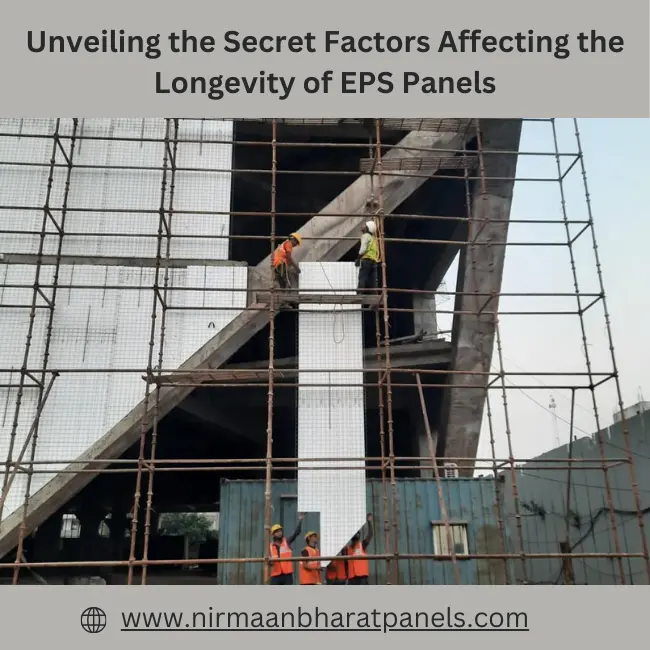In the realm of construction materials, EPS (Expanded Polystyrene) panels have emerged as a versatile and cost-effective solution. These lightweight panels, made from expanded polystyrene foam, offer excellent insulation properties, making them a popular choice for various applications, from residential to commercial projects. However, while EPS panels provide numerous benefits, understanding the factors that influence their longevity is crucial for ensuring their sustained performance over time.
Table of Contents
ToggleQuality of Materials:
The longevity of EPS panels is significantly influenced by the quality of the materials used in their production. High-quality polystyrene foam with proper density and uniform cell structure ensures better durability and resistance to wear and tear. When sourcing EPS panels, it’s essential to prioritize manufacturers known for using premium-grade materials and adhering to stringent quality control measures.
Environmental Conditions:
Environmental factors play a pivotal role in determining the lifespan of EPS panels. Exposure to extreme temperatures, moisture, UV radiation, and chemical pollutants can degrade the material over time. Proper installation techniques, including the use of moisture barriers and protective coatings, can mitigate the impact of environmental stressors and enhance the panels’ longevity. Regular maintenance, such as cleaning and inspecting for signs of damage, is also essential for preserving the integrity of EPS panels in harsh conditions.
Installation Practices:
The manner in which EPS panels are installed can significantly affect their long-term performance. Improper installation, such as inadequate sealing or structural support, can compromise the integrity of the panels and lead to premature failure. It’s crucial to follow manufacturer guidelines and employ experienced professionals to ensure proper installation techniques are utilized. Attention to detail during the installation process can prevent issues such as water infiltration, thermal bridging, and structural instability, thus prolonging the lifespan of EPS panels.
Structural Design and Load Bearing Capacity:
The structural design of a building or structure incorporating EPS panels directly impacts their longevity. Proper engineering and consideration of load-bearing capacity are essential to prevent excessive stress on the panels. Overloading or structural deficiencies can cause deformation, cracking, or collapse, compromising the integrity of the entire system. Consulting with structural engineers and adhering to relevant building codes and standards is imperative to ensure the safe and durable use of EPS panels in construction projects.
Maintenance and Repairs:
Regular maintenance and timely repairs are critical for extending the lifespan of EPS panels. Inspecting the panels for signs of damage, such as cracks, delamination, or moisture intrusion, allows for prompt intervention before issues escalate. Repairing damaged areas promptly with compatible materials helps prevent further deterioration and ensures the continued performance of the panels. Additionally, proactive maintenance measures, such as resealing joints and applying protective coatings, can enhance the resilience of EPS panels against environmental elements and prolong their service life.
In conclusion, while EPS panels offer numerous advantages in terms of insulation, affordability, and versatility, their longevity is contingent upon various factors. By prioritizing the use of high-quality materials, implementing proper installation practices, considering environmental conditions, ensuring structural integrity, and adhering to regular maintenance protocols, stakeholders can maximize the lifespan and performance of EPS panels in construction projects. Understanding these factors and taking proactive measures are essential for unlocking the full potential of EPS panels and reaping their benefits over the long term.


